Tuleyome Book Recommendations 2022
December 2022

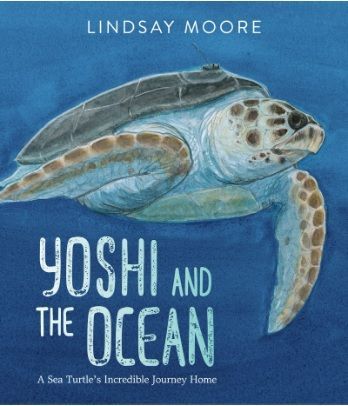
Otherlands: A Journey Through Earth's Extinct Worlds
by Thomas Halliday
November 2022
Yoshi and the Ocean: A Sea Turtle's Incredible Journey Home
by Lindsay Moore
In 1997, a loggerhead turtle was rescued after enduring injury to its shell. She was given the name Yoshi by her rescuer and taken to the Two Oceans Aquarium in Cape Town, South Africa where she spent 20 years being rehabilitated until finally scientists felt confident she could return to the sea. With the use of a tracking device, scientists were able to monitor Yoshi's remarkable journey home after so many years. Lindsay Moore's beautiful telling of this story through watercolor pictures and poetic, informative text is inspiring for kids and adults alike
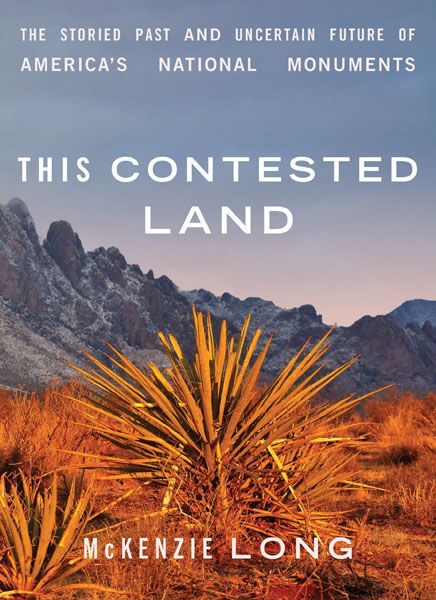
This Contested Land
by McKenzie Long
McKenzie Long discusses thirteen national monuments, including Berryessa Snow Mountain National Monument, and the stories, controversies, and passions of each.
October 2022
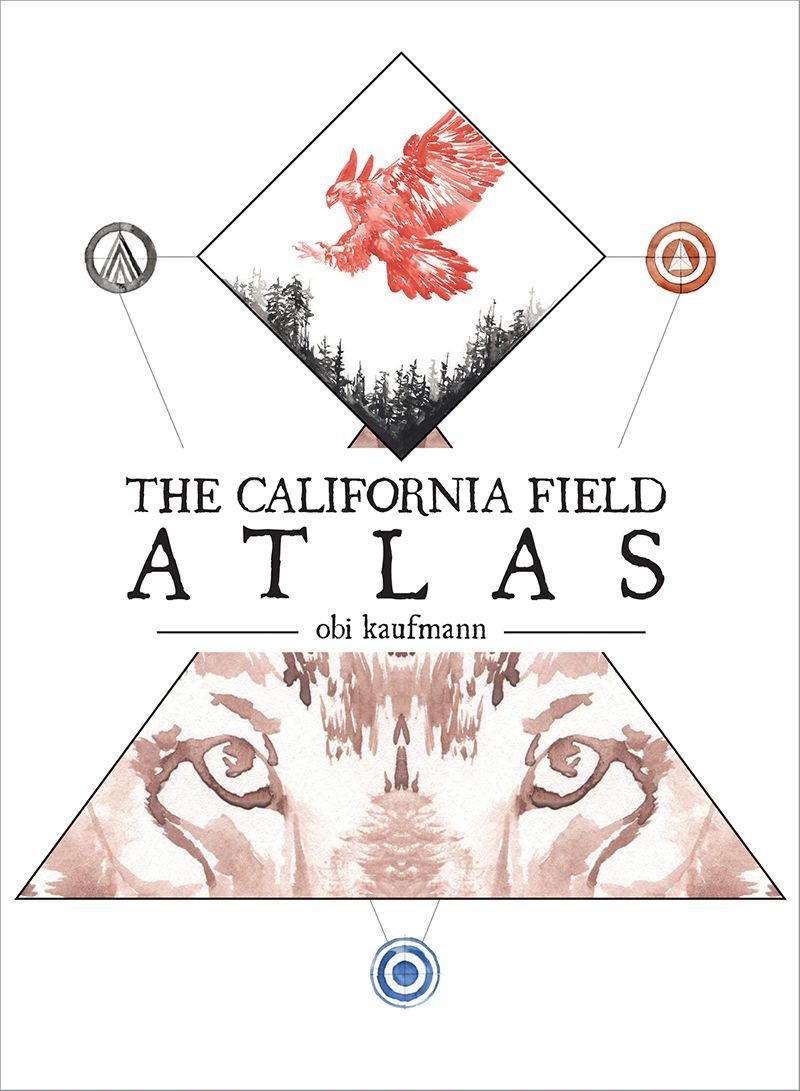
The California Field Atlas
by Obi Kaufmann
Obi Kaufmann has spent years exploring the backcountry of California, striving to understand the state's many ecosystems. Through the pages of The California Field Atlas, Obi explains the wonders of the Golden State with poetic prose and colorful illustrations.
August 31, 2022

Resource Wars: The New Landscape of Global Conflict
by Michael T. Klare
International security expert Michael T. Klare argues that in the early decades of the new millennium, wars will be fought not over ideology but over access to dwindling supplies of precious natural commodities.
July 20, 2022
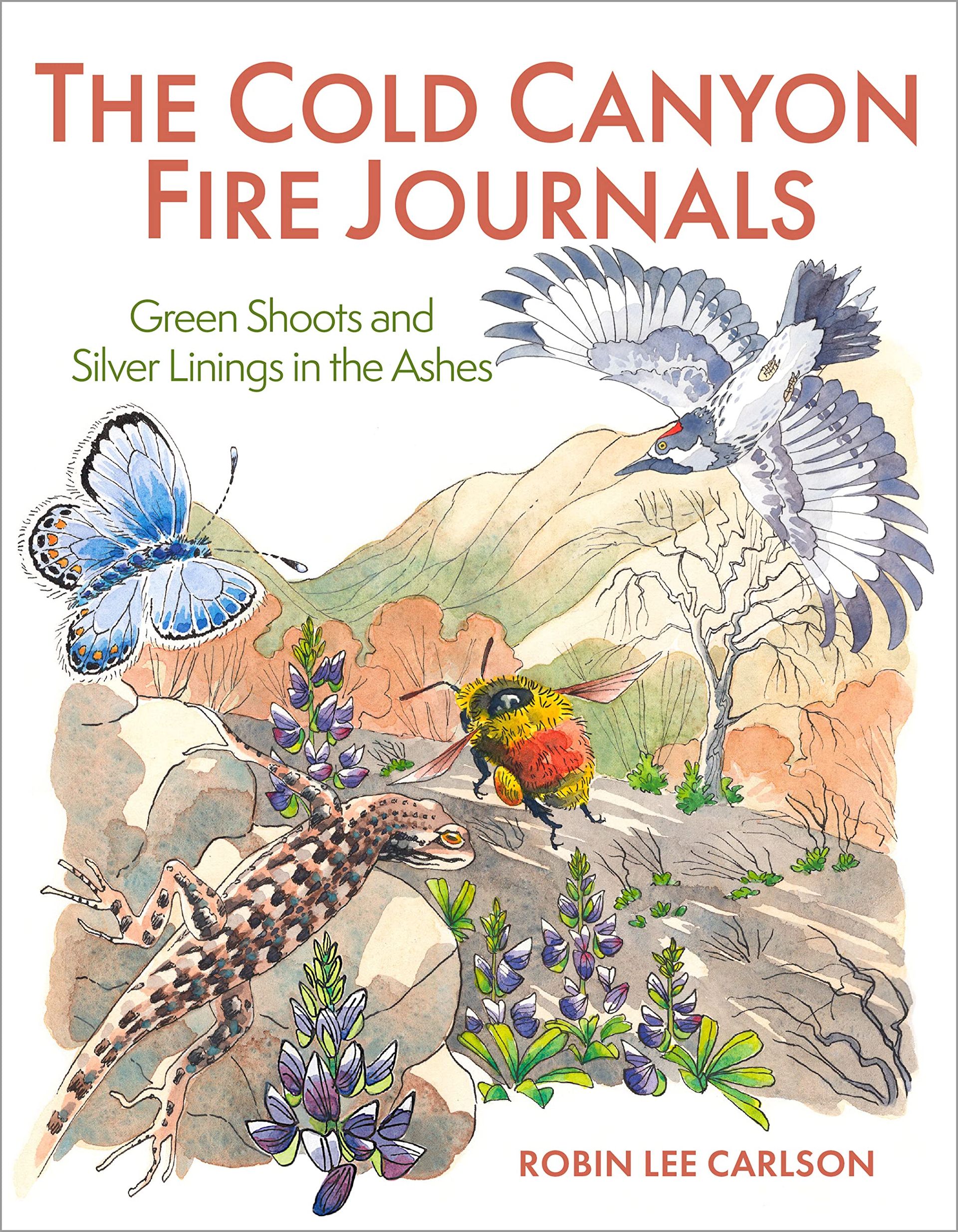
The Cold Canyon Fire Journals
by Robin Lee Carlson
This is Robin's first book and it details the impacts of fire on Stebbins Cold Canyon Reserve - one of the area's most popular hiking spots.
June 22, 2022

The Davis Farmers Market Cookbook
by Ann M. Evans
Ann Evans is the co-founder of the Davis Farmers Market. The book includes recipes for year-round cooking from market offerings and provides information about some of the vendors
May 25, 2022
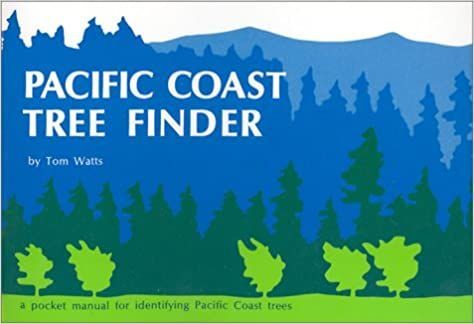
Pacific Coast Tree Finder: A Pocket Manual for Identifying Pacific Coast Trees
by Tom Watts
A handy book that easily fits in your pocket. Don't know what tree you're looking at? You will with this easy to follow, step-by-step guide!
April 27, 2022
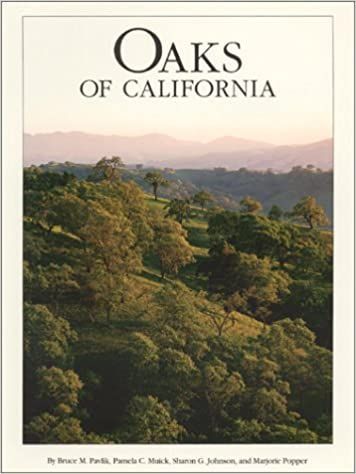
Oaks of California
by Bruce M. Pavlik, Pamela C. Muick, Sharon G. Johnson, and Marjorie Popper
"The first book ever devoted to the state's native oaks..." This is a wonderful, detailed book about the diversity of oaks, human history with the trees, and their importance to wildlife.
March 30, 2022
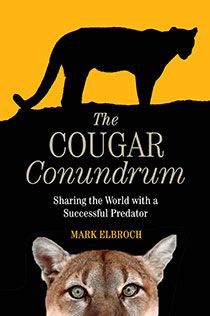
The Cougar Conundrum: Sharing the World with a Successful Predator
by Mark Elbroch
Mark Elbroch, mountain lion biologist, discusses whether mountain lions are a threat to humans and domestic animals and their need for protection as they are forced to the edge of their habitat. This book provides information and advice for this wildlife modern wildlife challenge.
March 2, 2022
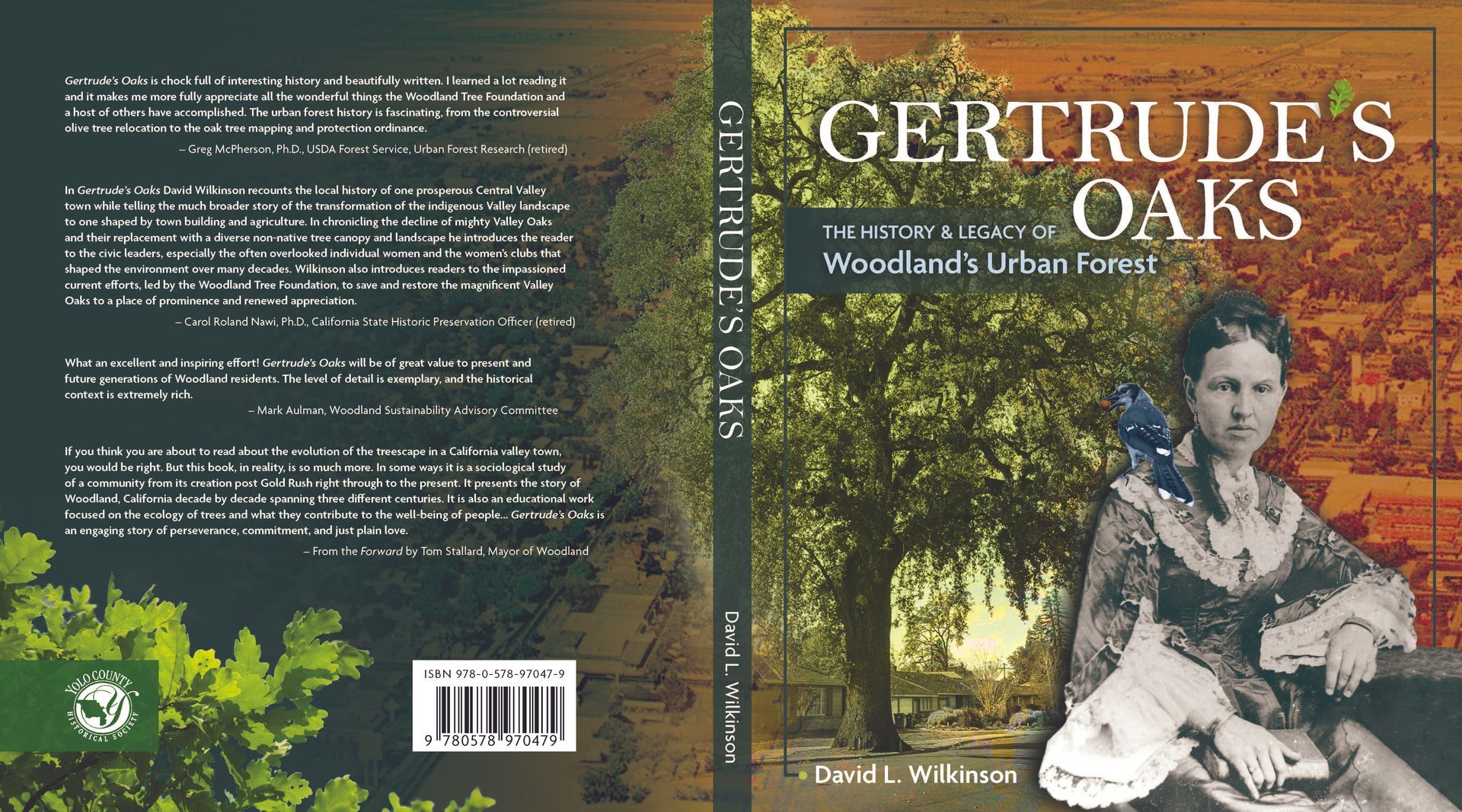
Gertrude's Oaks: The History & Legacy of Woodland's Urban Forest
by David L. Wilkinson
Woodland was founded as a small in the middle of a valley oak grove and given it's name by Gertrude Swain Freeman - whose husband founded the town. More information about David Wilkinson's book is available here. David will be signing books on Friday March 6 at 6 pm at Local Inspirations, 524 Main Street, Woodland.
February 2, 2022

The Nature of Oaks: The Rich Ecology of Our Most Essential Native Trees
by Douglas W. Tallamy
Oaks are very distinctive and full of stories. This book highlights the seasonal cycles of the trees and the connections they have with other living organisms - from woodpeckers to caterpillars. It also provides information about what species of oak is the best to plant in your area.
January 5, 2022
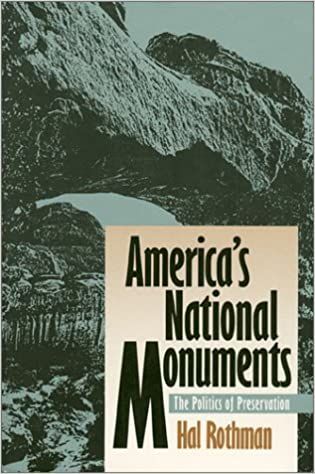
America's National Monuments: the Politics of Preservation
by Hal Rothman
Rothman investigates the history of national monuments, and follows the evolution of federal preservation which has saved many natural, cultural, and arhaeologically significant sites. In the twentieth century, national monuments tended to be behind the national park system. Laws, policies, personalities, and rivalries all affected efforts to preserve these important locations.
December 10, 2021
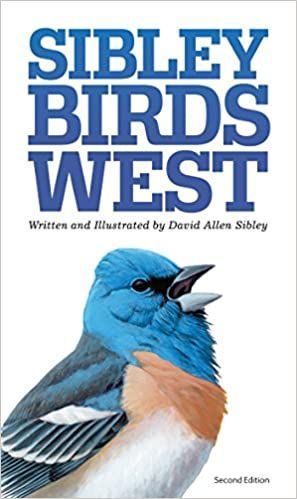
Sibley Birds West: Field Guide to Birds of Western North America
by David Allen Sibley
This is a comprehensive guide to birds in the western United States. Over 700 bird species found west of the Rocky Mountains are included with illustrations and maps. This is a great resource for beginner and expert birders. This comes in handy when trying to identify the millions of birds migrating through the Berryessa Snow Mountain National Monument region right now!
November 10, 2021
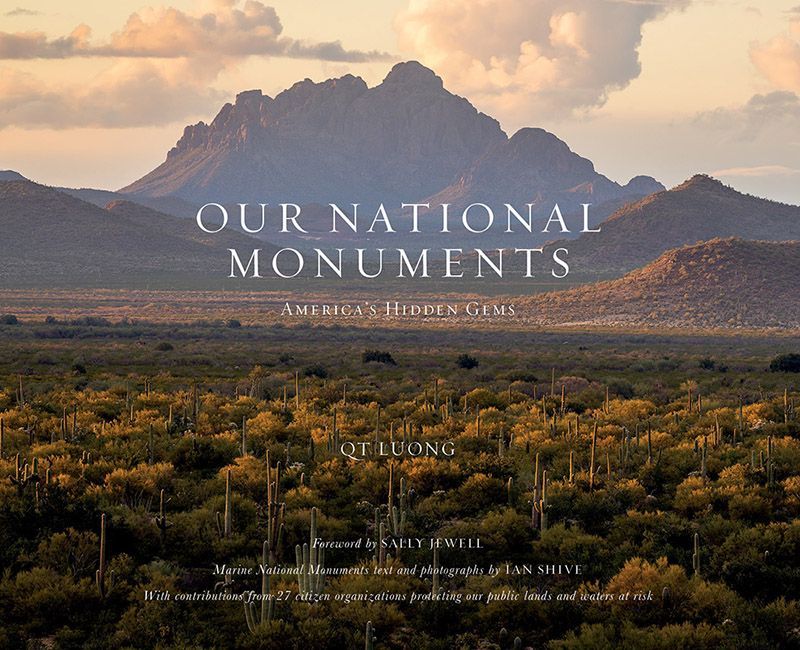
Our National Monuments: America's Hidden Gems
by QT Luong
Yes, we recommended this book a couple of weeks ago but we are excited to have been included in this wonderful book. QT Luong has assembled many wonderful pictures from 27 national monuments, including Berryessa Snow Mountain National Monument! The book was published yesterday, November 9! Head to the website to get your own copy!
October 27, 2021

Our National Monuments: America's Hidden Gems
by QT Luong
This book showcases 27 national monuments - including Berryessa Snow Mountain National Monument - with beautiful photographs and highlights the importance, significance, and wonder of the monuments. The author hiked and camped in the 22 land-based national monuments that were subject to the 2017 executive order questioning the designation of 27 national monuments. The book includes maps, descriptions of the author's explorations and highlights of the monuments. The book, set to be published November 2, is now available for pre-order via QT Luong's blog and Amazon.
September 29, 2021
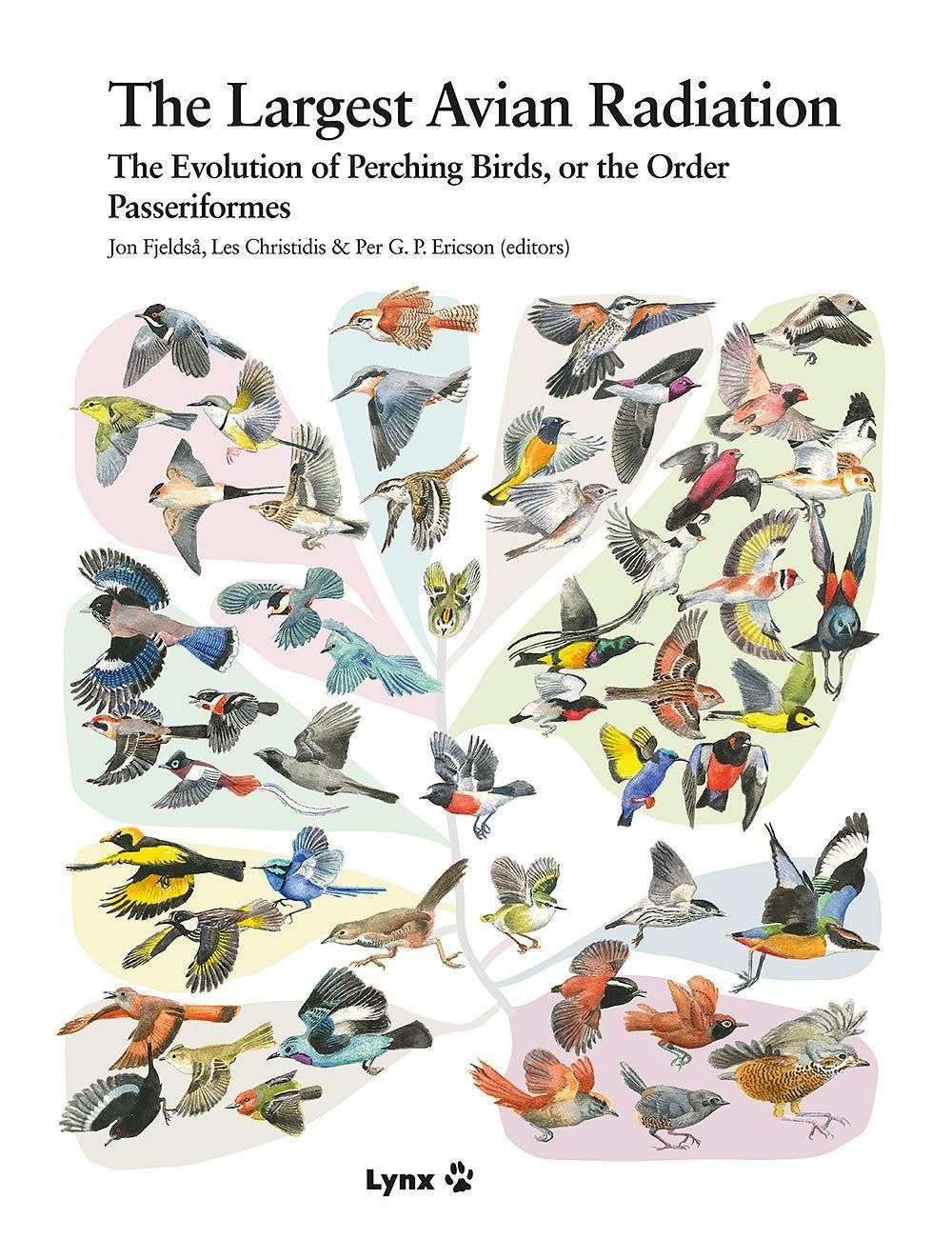
The Largest Avian Radiation
by Jon Fjeldsa, Les Christidis, and Per G.P. Ericson (Editors)
This book explains how DNA has been used to complete a tree of life for the 6,200 perching bird species, which are 60% of all birds. It discusses how the asteroid that wiped out the dinosaurs had less of an impact on the southern hemisphere and therefore, the perching birds we see today can be traced back to that hemisphere.
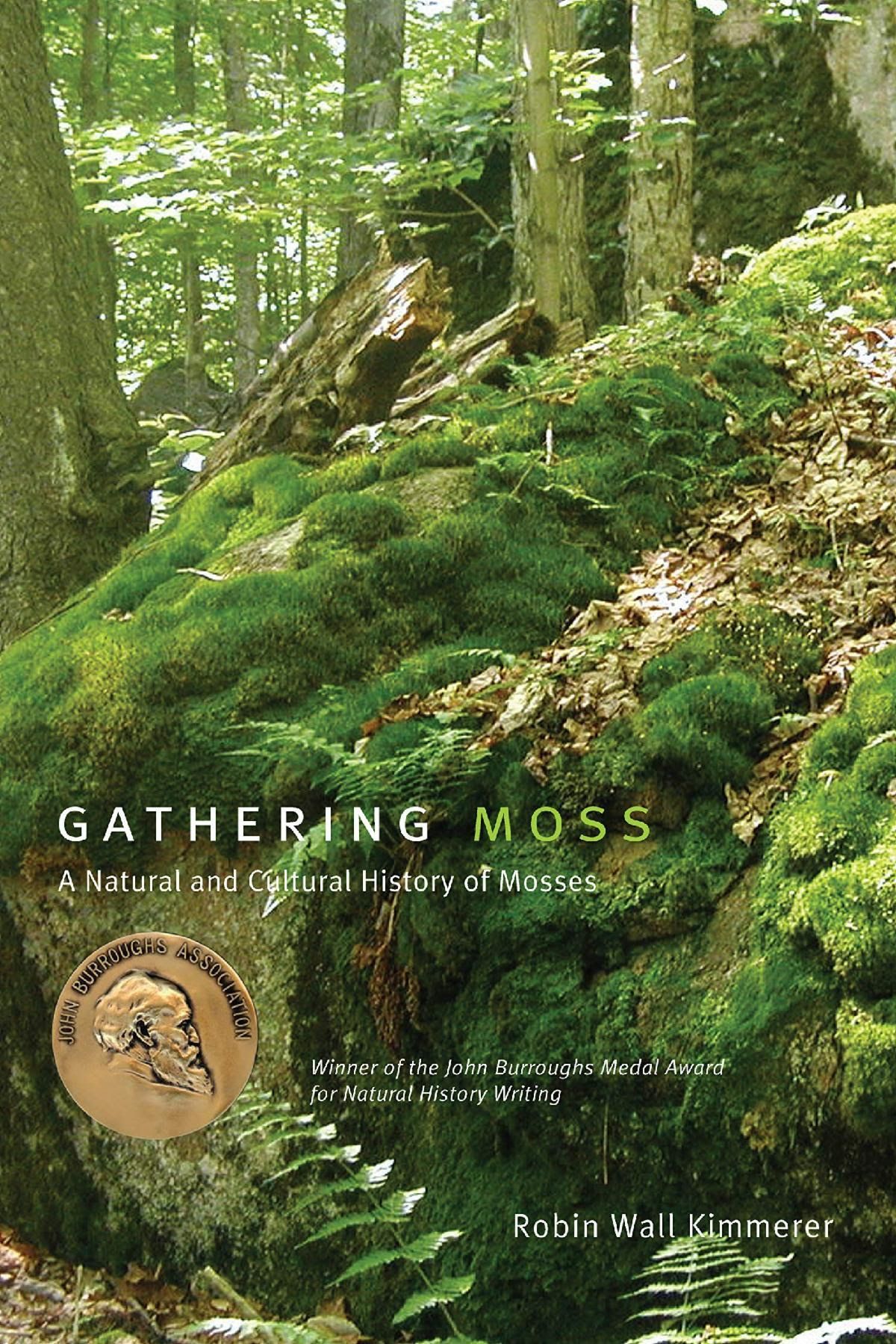
by Robin Wall Kimmerer
GatheringMoss is a beautifully written mix of science and personal reflection that invites readers to explore and learn from the elegantly simple lives of mosses. Robin Wall Kimmerer shares a series of linked personal essays that lead readers to an understanding of how mosses live and how their lives are intertwined with the lives of countless other beings, as well as what these fascinating organisms have to teach us.
RECENT ARTICLES






